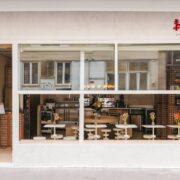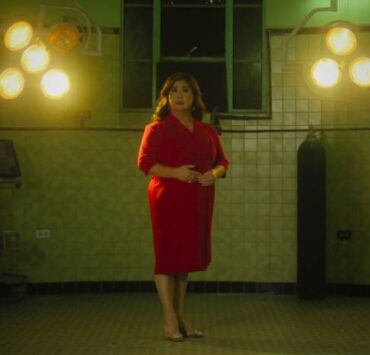Exploring Iceland—from lava fields to the Northern Lights
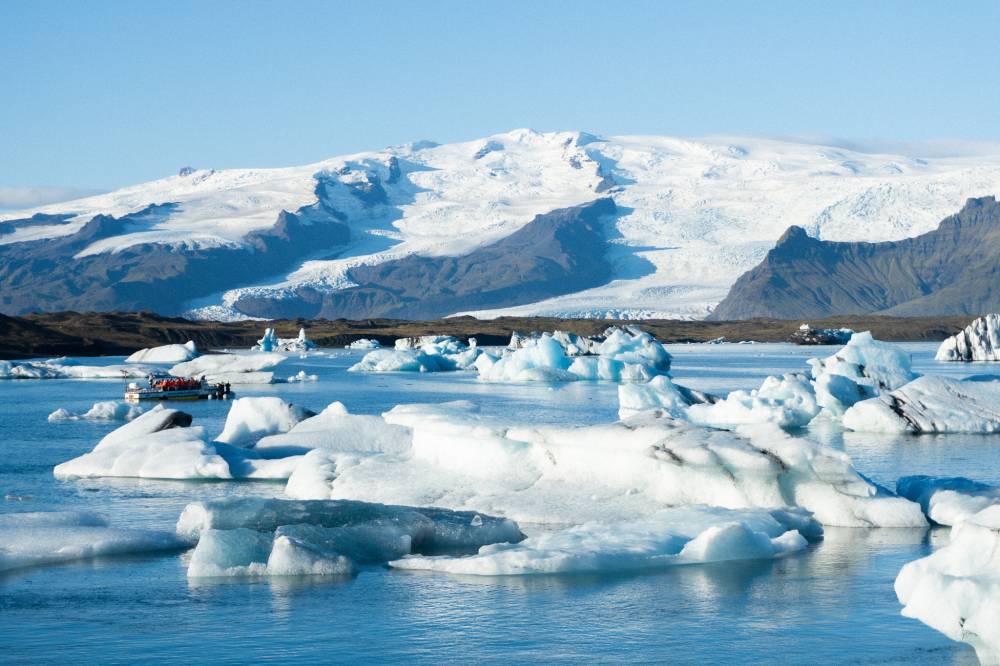
In between the Atlantic and Arctic Oceans, right where the Eurasian and North American tectonic plates pull apart, sits Iceland. This Nordic country of only a little over 400,000 people holds an abundance of natural phenomena rarely found elsewhere.
When I first touched down in Iceland’s capital, Reykjavík, by way of Copenhagen, I braced myself for two weeks filled with dayhiking and sleepless nights chasing the Northern Lights. I joined a tour group with The Travel Insiders, who organized all the outdoor components of the trip. However, experiencing Iceland’s terrain was only half of the journey.
Driving around the famed 300km Golden Circle route meant taking in the scenery and local culture. I loved stops along quaint towns, groceries, and historical sites as much as summiting a glacier on a snowmobile. Here’s a guide on how to plan and enjoy a stay in Iceland.
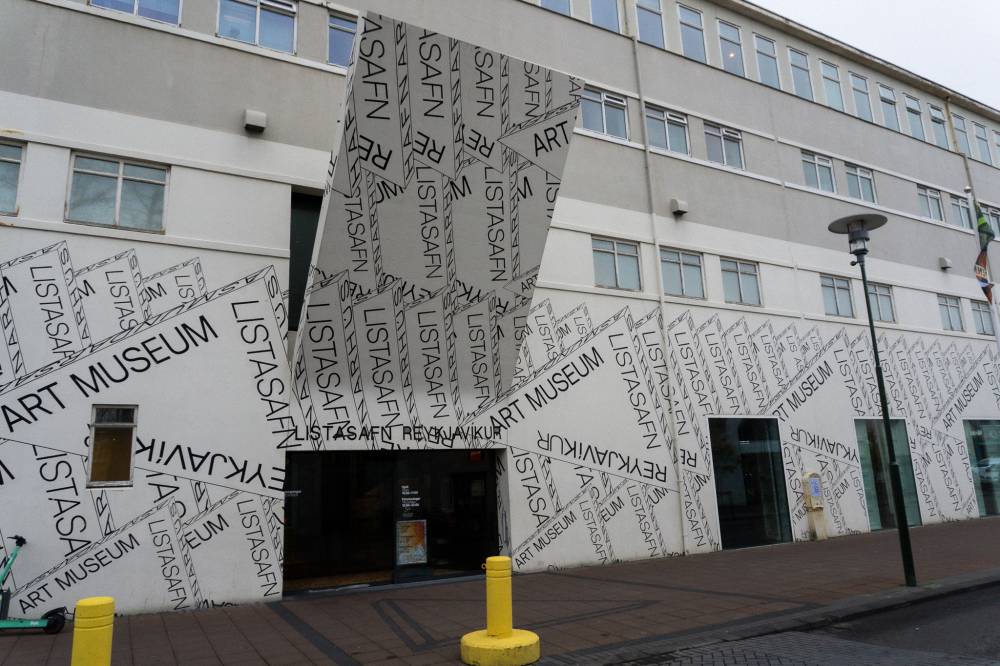
Reykjavík
What started as a settlement in the Viking Age bloomed into the country’s largest city and capital. Reykjavík not only proves to be the perfect pitstop before embarking on a road trip of a lifetime, but also its own force when it comes to arts and culture.
The Reykjavík Art Museum boasts a slew of exhibitions on contemporary Icelandic art, especially the video retrospective on new media artist Steina. For history buffs, drop by the Saga Museum Reykjavík to see diorama re-creations of key events in Icelandic history and the National Museum of Iceland to see centuries-old artifacts.
Science lovers should pay a visit to Perlan, a natural history museum with immersive exhibitions and a 100m-long indoor ice cave with 350 tons of snow from mountains across the country.

A trip to Reykjavík wouldn’t be complete without visiting Hallgrímskirkja, a Lutheran church and the second-tallest building in Iceland. The church’s façade lights up in the evening, so I suggest visiting in the late afternoon and staying till early evening to take some photos.
Around Hallgrímskirkja is the city center, which is filled with shops and murals, such as the Rainbow Street, to brighten up long winter nights. Pick up some winter and outdoor clothing essentials at local brands like Icewear and, my favorite, 66°North. I purchased a waterproof bag from the latter, which I use almost every day in Manila.
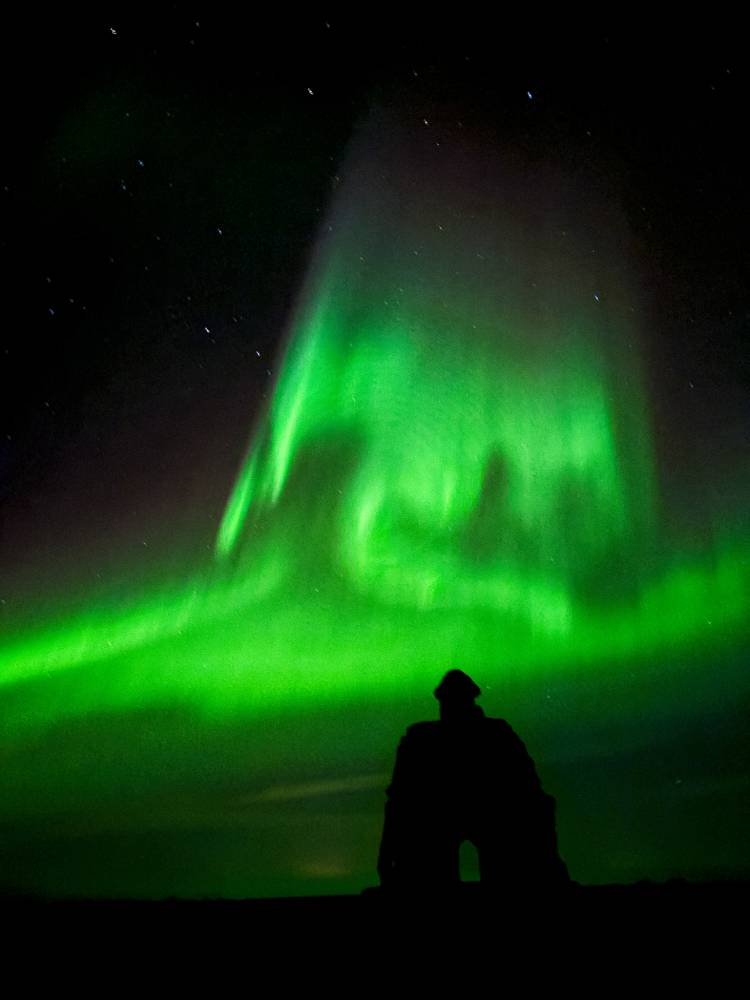
The Northern Lights
One of the main reasons I visited Iceland was to see the Northern Lights, which are usually on show from September to April. While Reykjavík is easy to explore on my own, chasing the Northern Lights was not. The Travel Insiders brought the group to rural parts of the country with little to no light pollution to view the aurora.
Eliminating light pollution isn’t enough—the stars need to align for an aurora to appear. The sky needs to be clear. Without going too much into the science, significant activity between charged particles from the Sun and the Earth’s magnetic field and atmosphere causes auroras. More often than not, the Northern Lights appear as gray smudges to the naked eye. Though when photographed, they appear as green, purple, blue, and red.
Though the stars eventually align. Words fail to express the awe of seeing a sky blanketed by cascading lights. One strong showing of the Northern Lights makes up for nights with weaker activity.
Lava fields, glaciers, and waterfalls
Iceland’s roads pass through fields of moss-covered rocks. These rocks were once molten lava from hundreds of volcanoes across the country. Iceland’s rocky terrain and lava fields make it difficult for vegetation to grow. Currently, Iceland has around thirty active volcano systems, and each system can contain multiple volcanoes.
What’s so special about Iceland’s volcanoes is their relative proximity to glaciers. The country’s location atop tectonic plates on the Mid-Atlantic Ridge causes volcanic activity, which can even take place underneath glaciers such as Vatnajökull. This all sounds quite intimidating, but guided tours atop certain glaciers are safe. I rode a snowmobile atop Langjökull, strolled along Diamond Beach, and enjoyed the views at Jökulsárlón, the glacier lagoon.

Northern Lights, lava fields, and glaciers—what more? Over ten thousand waterfalls of all heights and strengths dot the landscape. Skógafoss, Seljalandsfoss, Brúarfoss, and Goðafoss are all popular destinations. And, yes, “foss” means “waterfall” in Icelandic. Soak in the views, and if you’re lucky, a rainbow or two. Remember to wear waterproof clothing and to bring a waterproof camera.
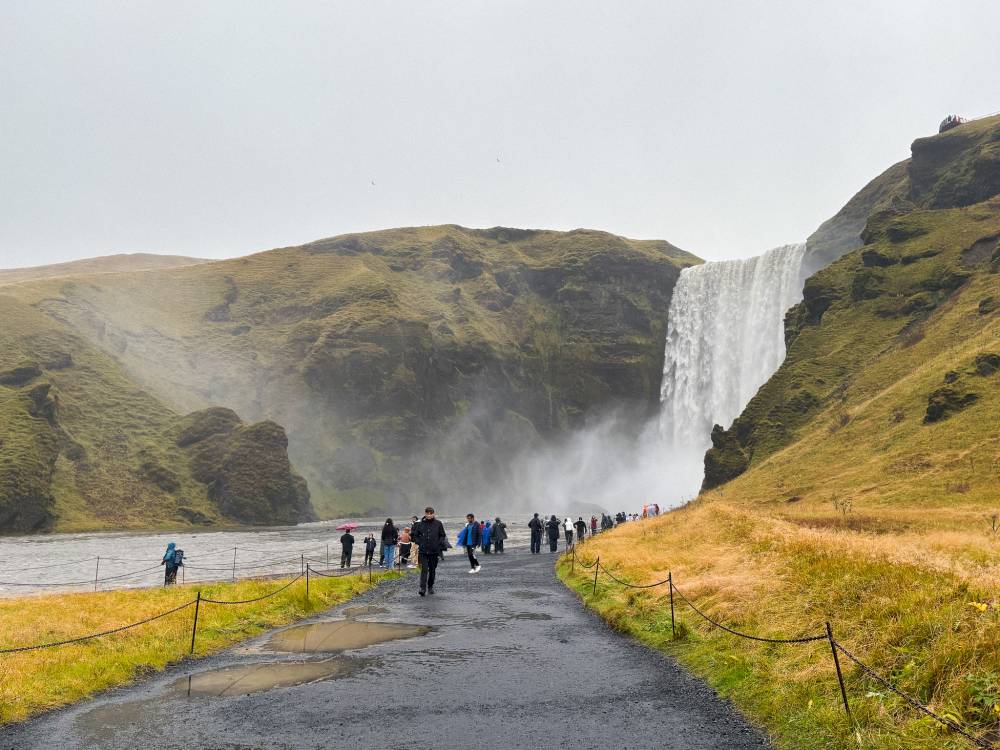
Icelandic cuisine
I stopped counting after waterfall number three, and, somewhat desensitized to the scenery, shifted my attention elsewhere. My hiking trip turned into a food trip. Icelandic cuisine developed in response to the harsh climate and terrain. A quintessential Icelandic diet consists of lamb and fish, specifically Arctic char, haddock, trout, and salmon. A must-try is skyr, a cultured dairy product similar to yogurt, which can be found in different flavors in any grocery store.
Traditional Icelandic cuisine also involves the landscape, such as geothermal baking. Bakers put sealed pots of rye dough underground in a hot spring and let it bake for 24 hours. The result is a sweet and moist rye bread that pairs well with butter and smoked salmon or trout. I sampled rye bread from the Sturlureykir Horse Farm and Laugarvatn Fontana.
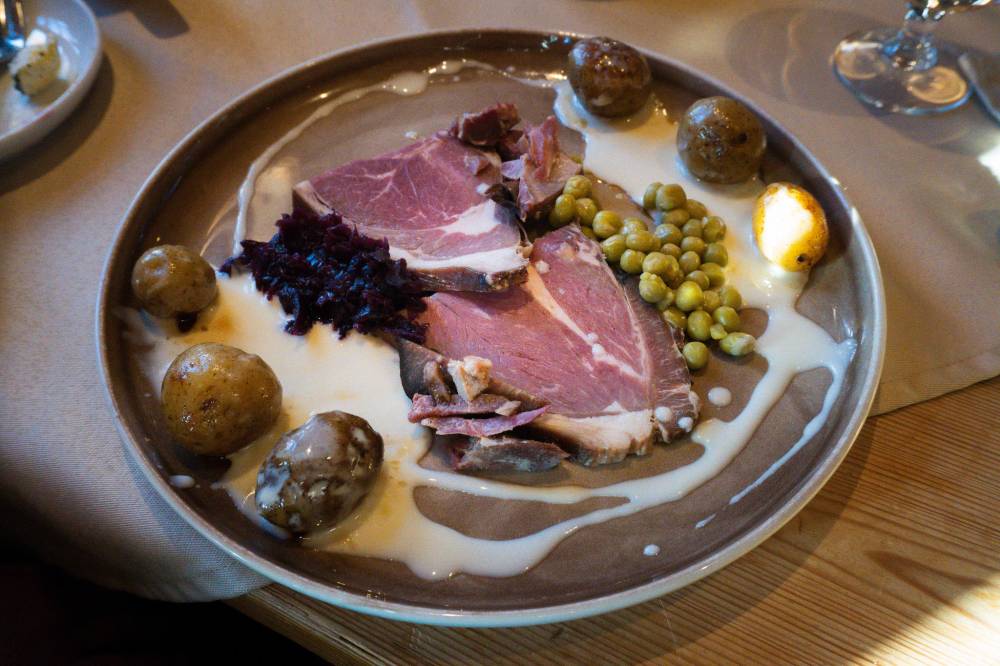
My favorite dish by far is hangikjöt, a delicacy enjoyed during Christmas. It’s cold cuts of cured lamb smoked over sheep dung due to wood’s historical scarcity in the country. This cooking method gives the lamb an incredible mix of smoky and fragrant flavors. After polishing off my hangikjöt, I had some rhubarb pie at Fjallakaffi, a café in the highlands.
Touring Iceland has been a trip of a lifetime. As a city girl, I never expected myself to enjoy a good day hike, let alone in the cold and rain. Granted, I held my tour guides’ hands throughout the trip and nearly cried when I had to climb three feet worth of rocks. But, as the adage goes, the views were worth it.
Well, I’ll take it back. I hope my visit to Iceland won’t be the trip of a lifetime because I’d do anything to go again and again.













